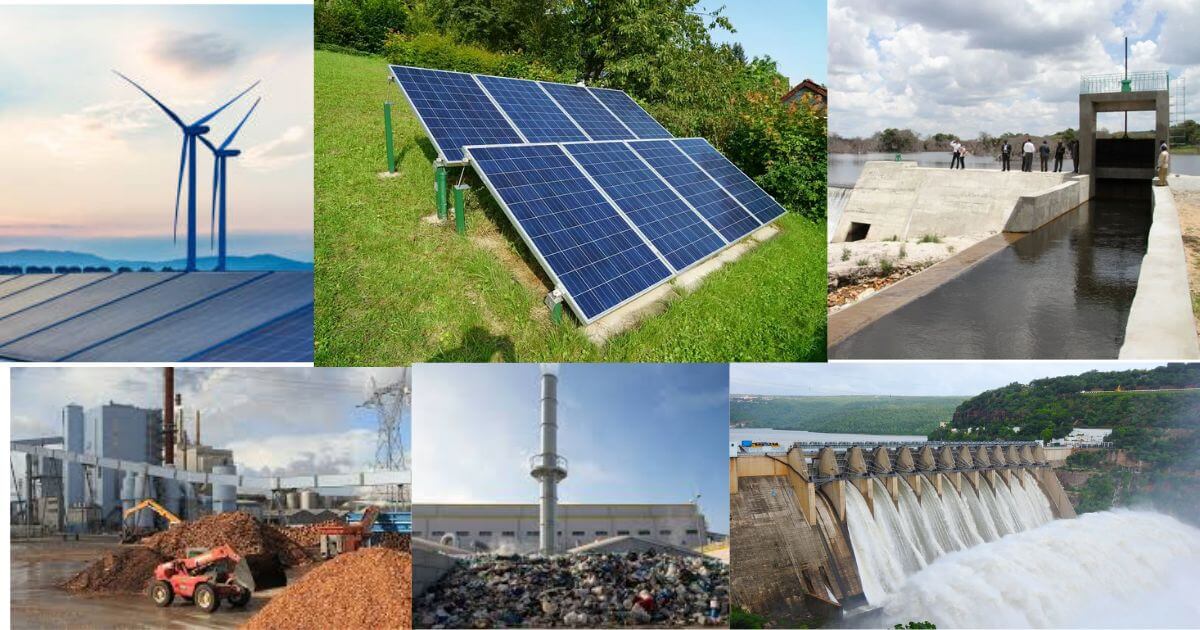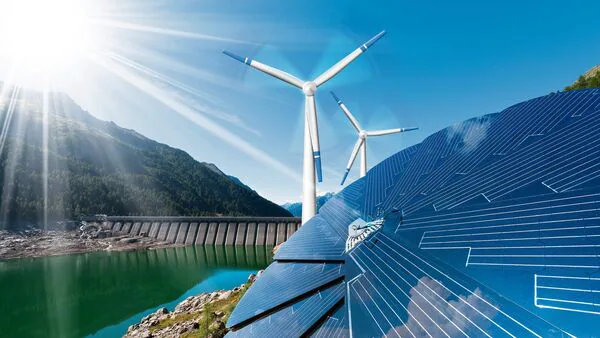As the world grapples with the pressing issue of climate change, India, the third-largest greenhouse gas emitter, is making significant strides in transitioning to a low-carbon economy. With a revised target of 40% of its electricity generation coming from non-fossil fuels by 2030, India is championing renewable energy as a critical component of its energy mix. From rooftop solar to wind power, the country is embracing a variety of renewable energy sources to reduce its reliance on fossil fuels and mitigate the impact of climate change. In this article, we’ll explore the current status of renewable energy in India, highlighting the progress made, the challenges faced, and the future prospects of this renewable revolution.
A Rising Share in the Energy Mix
Renewable energy now accounts for around 24% of India’s total energy mix, with solar and wind power leading the charge. In the last five years, the country has seen a significant surge in solar energy capacity, with the installed capacity increasing by over 10 times. Wind power, too, has made substantial progress, with an installed capacity of over 38 GW. The government’s policies, such as the Jawaharlal Nehru National Solar Mission and the National Wind-Solar Hybrid Policy, have played a crucial role in driving this growth. State-run Solar Energy Corporation of India (SECI) and the Indian Renewable Energy Development Agency (IREDA) have been instrumental in promoting renewable energy through auctions, tenders, and other initiatives.
Challenges and Opportunities

Despite the significant progress, India still faces numerous challenges in its journey towards a low-carbon economy. The intermittency of renewable energy sources remains a major concern, requiring the development of advanced energy storage solutions. Additionally, the lack of grid infrastructure and transmission lines hinders the integration of renewable energy into the national grid. To address these challenges, the government is investing extensively in grid modernization and infrastructure development. Furthermore, innovations in battery storage technology and their integration with renewable energy sources are expected to play a crucial role in overcoming these hurdles.
State-Level Initiatives and Sectoral Integration
States are also driving the renewable energy agenda through aggressive policies and targets. For instance, Andhra Pradesh, Telangana, and Karnataka have set ambitious wind-solar hybrid power targets, while Tamil Nadu and Rajasthan are focusing on enhancing their rooftop solar capacity. Furthermore, the Ministry of New and Renewable Energy (MNRE) has launched initiatives to promote sectoral integration, such as the Grid Scale Battery Storage System and the Renewable Purchase Obligation (RPO). The RPO requires solar and wind power generators to purchase a specific percentage of their power from other renewable sources, thereby promoting resource efficiency and grid stability.
India’s renewable energy story is one of rapid progress and boundless optimism. With continued government support, innovative technologies, and state-level initiatives, the country is poised to achieve its ambitious renewable energy targets. As the world looks to India as a model for a low-carbon economy, the country is well-positioned to become a beacon of sustainability, inspiring other nations to follow suit. India’s renewable energy sector is not only a promising contributor to the country’s energy mix but also a vital component of its commitment to a sustainable and climate-resilient future.


